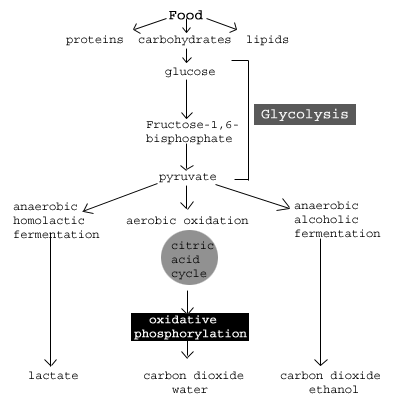Please wait while we process your payment
If you don't see it, please check your spam folder. Sometimes it can end up there.
If you don't see it, please check your spam folder. Sometimes it can end up there.
Please wait while we process your payment

By signing up you agree to our terms and privacy policy.
Don’t have an account? Subscribe now
Create Your Account
Sign up for your FREE 7-day trial
By signing up you agree to our terms and privacy policy.
Already have an account? Log in
Your Email
Choose Your Plan
Individual
Group Discount
Save over 50% with a SparkNotes PLUS Annual Plan!
 payment page
payment page
Purchasing SparkNotes PLUS for a group?
Get Annual Plans at a discount when you buy 2 or more!
Price
$24.99 $18.74 /subscription + tax
Subtotal $37.48 + tax
Save 25% on 2-49 accounts
Save 30% on 50-99 accounts
Want 100 or more? Contact us for a customized plan.
 payment page
payment page
Your Plan
Payment Details
Payment Summary
SparkNotes Plus
You'll be billed after your free trial ends.
7-Day Free Trial
Not Applicable
Renews July 15, 2025 July 8, 2025
Discounts (applied to next billing)
DUE NOW
US $0.00
SNPLUSROCKS20 | 20% Discount
This is not a valid promo code.
Discount Code (one code per order)
SparkNotes PLUS Annual Plan - Group Discount
Qty: 00
SparkNotes Plus subscription is $4.99/month or $24.99/year as selected above. The free trial period is the first 7 days of your subscription. TO CANCEL YOUR SUBSCRIPTION AND AVOID BEING CHARGED, YOU MUST CANCEL BEFORE THE END OF THE FREE TRIAL PERIOD. You may cancel your subscription on your Subscription and Billing page or contact Customer Support at custserv@bn.com. Your subscription will continue automatically once the free trial period is over. Free trial is available to new customers only.
Choose Your Plan
This site is protected by reCAPTCHA and the Google Privacy Policy and Terms of Service apply.
For the next 7 days, you'll have access to awesome PLUS stuff like AP English test prep, No Fear Shakespeare translations and audio, a note-taking tool, personalized dashboard, & much more!
You’ve successfully purchased a group discount. Your group members can use the joining link below to redeem their group membership. You'll also receive an email with the link.
Members will be prompted to log in or create an account to redeem their group membership.
Thanks for creating a SparkNotes account! Continue to start your free trial.
We're sorry, we could not create your account. SparkNotes PLUS is not available in your country. See what countries we’re in.
There was an error creating your account. Please check your payment details and try again.
Please wait while we process your payment

Your PLUS subscription has expired
Please wait while we process your payment
Please wait while we process your payment

Introduction

Now that we have a general understanding of the broad topics of metabolism and respiration, we will turn our discussion to more specific metabolic pathways that lead to the derivation of ATP. In this SparkNote we will look at glycolysis, the metabolism of glucose, a digestive product of carbohydrates found in many food products that we ingest.
Taking place in the cell cytoplasm, glycolysis actually comprises a series of nine steps involving a number of intermediate structures and specific enzymes that help catalyze each reaction. In this section, we will go through each of these reactions, learning the roles of the associated intermediates and enzymes. (Note: specific knowledge of the nine steps of glycolysis is not necessary for the AP Biology test. In regard to that test, this summary presents all information necessary about glycolysis and the first two sections of this SparkNote can be skipped. The third section on fermentation, however, will be covered on the AP test).
Over the course of glycolysis' nine steps, the 6-carbon molecule glucose is broken down to two 3-carbon pyruvate molecules. The reaction does not occur spontaneously: 2 ATP molecules must be broken down to drive the splitting of glucose into the 2 pyruvates. However, in the course of the breakdown of glucose, the glycolysis reaction produces four ATP, resulting in a net gain of two ATP for the entire process. Glycolysis also results in the production of 2 NADH molecules, which eventually play an important role in the production of additional ATP in the electron transport chain. Glycolysis itself is an anaerobic process. After a cell has completed glycolysis, and depending on the circumstances in which the cell finds itself, that cell can either move into the process of aerobic respiration and commence the citric acid cycle or continue with less efficient aneorobic respiration in a process called fermentation, covered in the third section of this SparkNote on glycolysis.
In the first two sections of this SparkNote, we will look at glycolysis in two major stages. The first involves the phosphorylation of the glucose ring in preparation for an eventual breakdown into two 3-carbon molecules. In the second stage, the two 3-carbon molecules are converted into pyruvate.
Please wait while we process your payment

